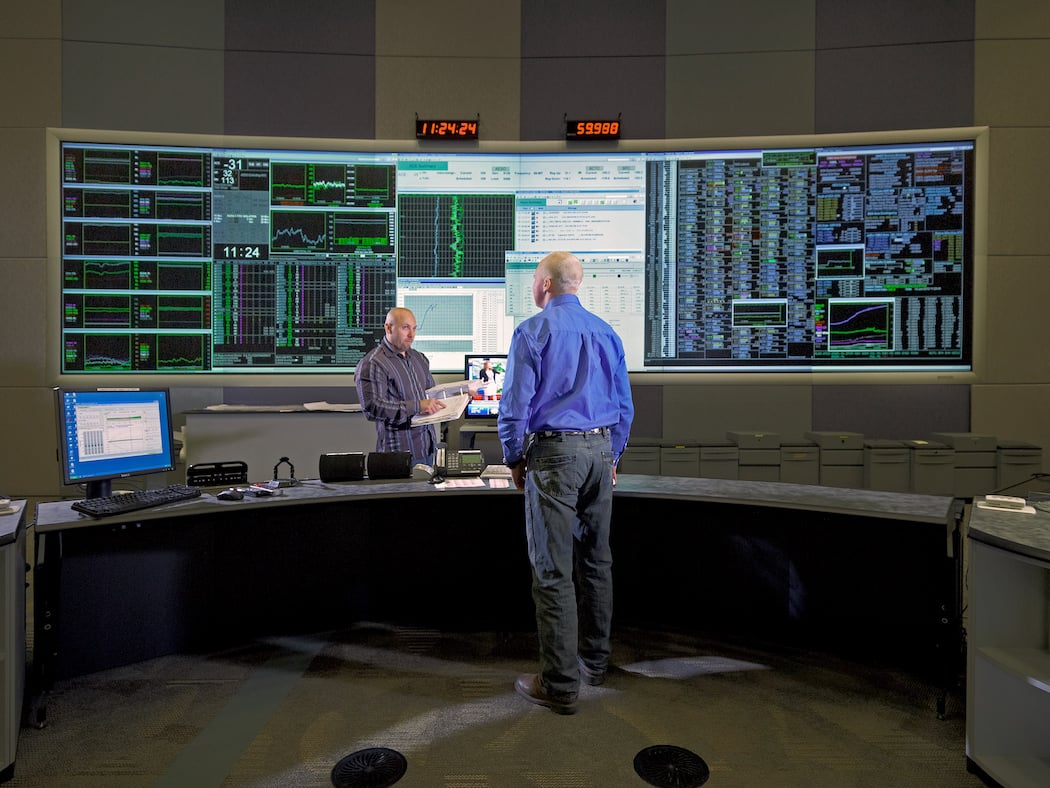
Decision-makers across Canada now recognise the value that energy storage can bring to the grid, with Ontario’s grid operator establishing its first-ever set of market rules for energy storage’s participation.
Earlier this year, Ontario’s Independent Electric System Operator (IESO) published its ‘Interim market rules and manuals for energy storage’. The IESO said that it has worked for the past few years to identify and remove barriers to wholesale market participation for electricity storage resources in the province and came up with the interim rules and guidelines. The rules went into effect in mid-January and the IESO published its guide for market participants in late February.
Enjoy 12 months of exclusive analysis
- Regular insight and analysis of the industry’s biggest developments
- In-depth interviews with the industry’s leading figures
- Annual digital subscription to the PV Tech Power journal
- Discounts on Solar Media’s portfolio of events, in-person and virtual
The IESO acknowledges that the interim solution is just that, but said it nonetheless “represents a significant step forward,” as well as allowing storage system operators and storage asset investors greater transparency. Energy storage’s participation in IESO markets is codified by the system operator’s rulebook for the first time and this applies to distribution as well as transmission-connected energy storage.
The rules now enable participation for energy storage systems with capacity to inject or withdraw more than 1MW of energy from the grid in five IESO wholesale market products. IESO has set parameters for the interim period, for example, systems over 50MW cannot participate in frequency regulation markets at the moment due to the transmission operator not yet having the necessary tools to meter participation. The IESO runs day-ahead and real-time markets. The products are as follows:
- The real-time energy market (system must be registered as dispatchable)
- Operating reserve market (ancillary service)
- Capacity auctions (Competitive procurement)
- Regulation (ancillary service, contracted)
- Reactive power support and voltage control (ancillary services)
“Ontario and the IESO continue to take positive steps to fully unlock the potential of energy storage,” Justin Rangooni, executive director of the Energy Storage Canada trade group told Energy-Storage.news.
“Energy Storage Canada and its over 70 members look forward to continued productive engagements to fully enable energy storage resources to provide ratepayer and system-wide benefits to the province.”
Rangooni had said during 2020 in a Guest Blog published on this site that it was “time to unlock the potential for energy storage in Canada,” citing the need for energy storage to decarbonise, modernise and make the grid fit for the future, as well as the positive impacts of creating a vibrant energy storage industry — and maintaining some industrial competitiveness with the US, which has raced ahead of most countries in its adoption of battery storage in particular.
The picture has already changed considerably, Rangooni said. At Energy Storage Canada’s annual general meeting hosted in late January, the trade association’s chair, Jim Fonger from energy storage and clean energy technology integration group Ameresco, remarked that understanding of the value of storage was indeed unlocked and was recognised by decision-makers across the country.
Now that that potential value has been recognised, the actual process of unlocking will take place throughout this year. The theme has now transitioned to pushing for market opportunities that will fully enable energy storage, Justin Rangooni told Energy-Storage.news.
“The sector is ‘charged and ready’ to provide value now for ratepayers, the system and the environment,” Rangooni said.
Opportunity moving beyond Ontario’s Global Adjustment Charge management which brought in investors and created energy storage market ecosystem
Energy Storage Canada published a study during 2020 which looked at the value of energy storage for Ontario. The document, which Energy-Storage.news reported on at the time of publication, found that big financial as well as environmental and societal benefits could be shared by ratepayers as well as the system through strategic deployment of several gigawatts of storage in the coming years. According to the trade group, that report is being used as a “foundational” document for decision-makers all over Canada.
Most development and deployment in the North American country has focused in the past few years on the many megawatts of opportunity offered in Ontario’s large commercial and industrial (C&I) segment via its Global Adjustment Charge peak demand charge pricing tariffs.
Reducing electricity consumption for just a few hours each month can manage a significant percentage of costs for large industrial electricity users, attracting energy storage technology and service providers into the market as well as big investment dollars.
In 2020 however, as the Energy Storage Canada AGM highlighted, the dial began to move on front-of-meter applications and in other parts of Canada, while the federal government has also been applauded for recognising the importance of energy storage in the clean energy transition, as an infrastructure investment and as a potential means of economic recovery post-COVID.
Last year the grid operator in Alberta, the AESO, launched a pilot for fast frequency response services which will be implemented during this year and while only limited to 20MW to 40MW of awards, has been hailed as a step in the right direction. The province’s first grid-scale battery storage system also went online in 2020, the 10MW / 20MWh WindCharger project, which as the name suggests, charges from a wind farm and the province’s regulatory utilities commission has also already approved its first large-scale solar-plus-storage plant. In December Quebec public utility company Hydro-Quebec, which has the provincial government as its sole shareholder, launched a battery storage subsidiary which designs, sells and operates battery energy storage systems (BESS) for customers at medium- and large-scale based on lithium iron phosphate (LFP) battery chemistry. Elsewhere a project is under development in the remote northern Yukon territory where a 7MW / 40MWh battery storage system could be used by a publicly-owned utility to help stabilise the region’s grid and reduce reliance on fossil fuels, with direct benefit to First Nation communities in the area.
At the top level a multi-billion dollar infrastructure investment plan announced by the national government included explicit mention of renewables and the role of energy storage in integrating them to the grid and the plan could lead to direct investment into a 250MW / 1,000MWh battery storage system in Southwestern Ontario through the Canada Infrastructure Bank.






